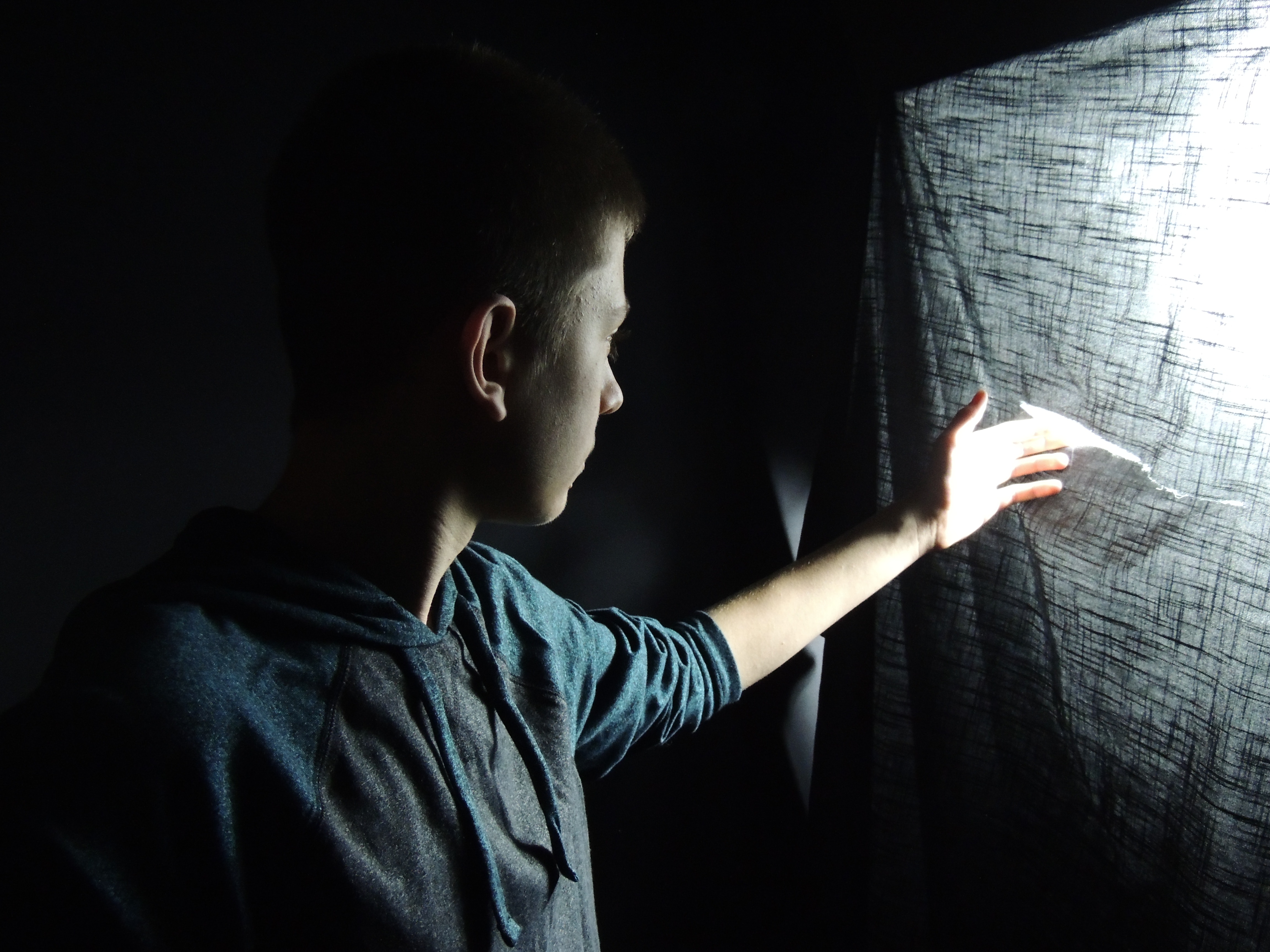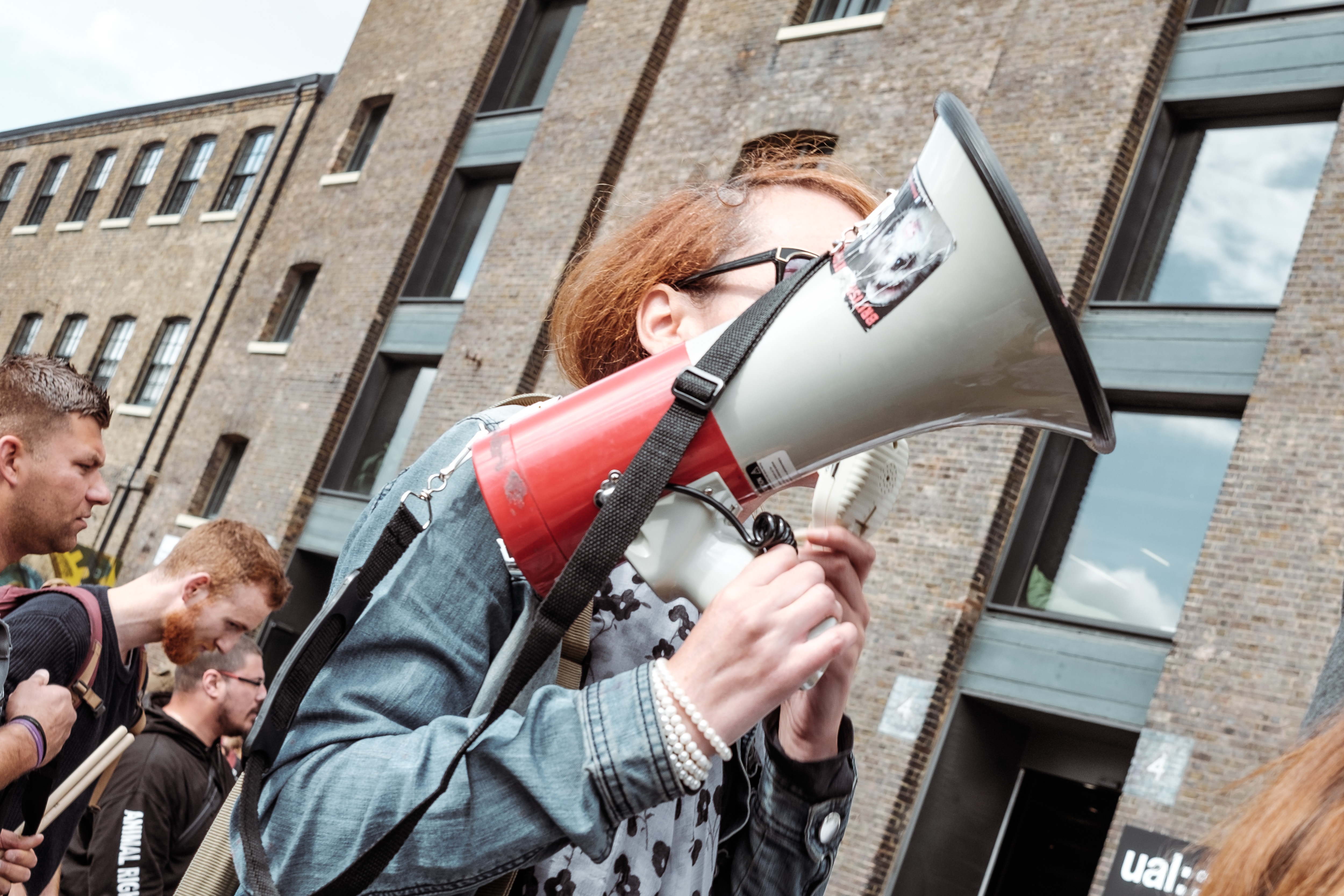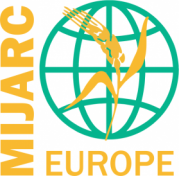
Nowadays 1,8 billion people leave in conflict affected areas and 244 million people have been displaced due to conflictual contexts.[1] The Global Peace Index of 2017, showed us that the global peacefulness has deteriorated by 2.14 per cent since 2008[2]. With ongoing conflicts in Myanmar, Syria, Iran, Colombia, Somalia- just to mention a few, we see not only a need for an immediate action to deter the conflicts but also the need to prevent conflicts. There is not a magic formula that can insure that conflicts can be prevented, as various factors need to be considered: social, political and climate context, history of the state, economic trends, access to resources, accessibility of the population to education etc., however, we can all agree that investments in military sectors rather than peace building (under 10 billion dollars[3]) it is not the answer we need.
In the last years, we have come to understand that peace[4]– in the sense of the absence of war/ violent conflict known as Negative Peace- it is not necessary sustainable, however, peace which includes development and growth opportunities has a higher possibility of being sustainable. The dependency between peace and development is known as Positive Peace- “the integration of human society” in the words of John Galtung. The Institute for Economics and Peace[5] identified eight pillars of positive peace which are yearly measured per country: 1) A Well-Functioning Government; 2) Sound Business Environment; 3) Equitable Distribution of Resources; 4) Equitable Distribution of Resources; 5) Acceptance of the rights of others; 6) Good Relations with Neighbors; 7) Free Flow of Information; 8)High Levels of Human Capital and 9)Low levels of Corruption.

Although achieving high levels of development per each pillar may seem a long and hard process, each and every one of us, can contribute towards the improvement of the fifth pillar: Acceptance of the rights of others. In this sense, non-formal education methods and opportunities- offered by programmes such as Erasmus + and EYF- to exchange with people from other cultures, social backgrounds, different religions help increase tolerance, knowledge and understanding of the realities in other countries, play a major role in shaping perceptions and eliminating discrimination. Especially at the level of youth, international non-governmental organizations have been engaging young people in exchanges on different topics, inspiring them to be informed, to participate actively at local and international level. Young people are sources of incredible power that can add value and knowledge to so many fields, peace being one of these fields- young people have developed and implemented a series of activities that promote peace, for instance: developing an interactive map of peace agents – http://www.tgpcloud.org/p4p/index.php?m=youth ; training of youth able to mobilize a larger number of other young people 32 622- Youth Initiatives for Peace and Reconciliation project or PATRIR’s EduPace club. These are examples of actions that we can all promote, actively participate in and become agents of positive change and peacebuilding.
And you, what are you doing today, for a peaceful tomorrow?
